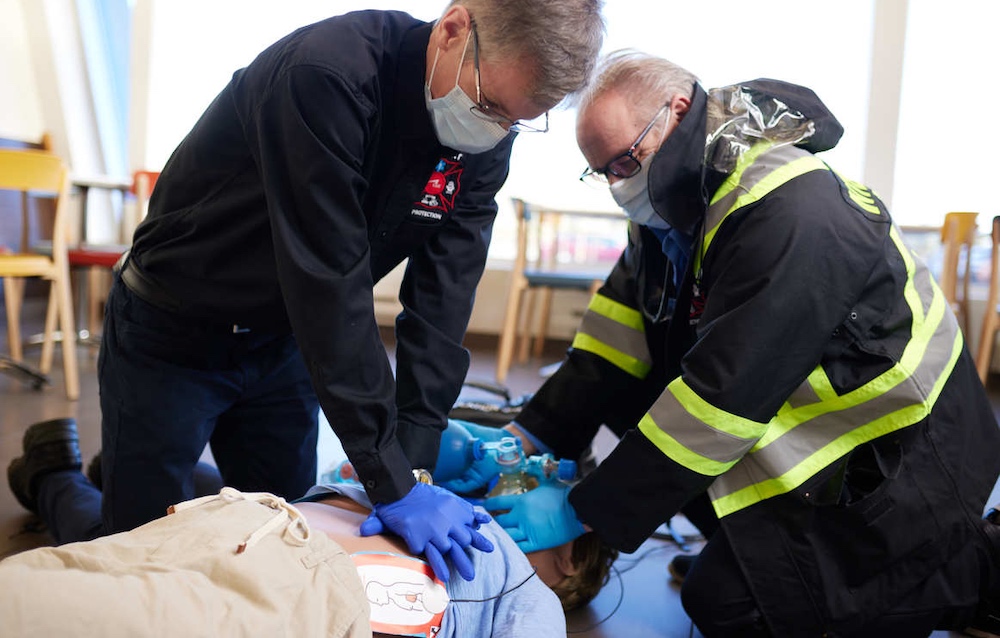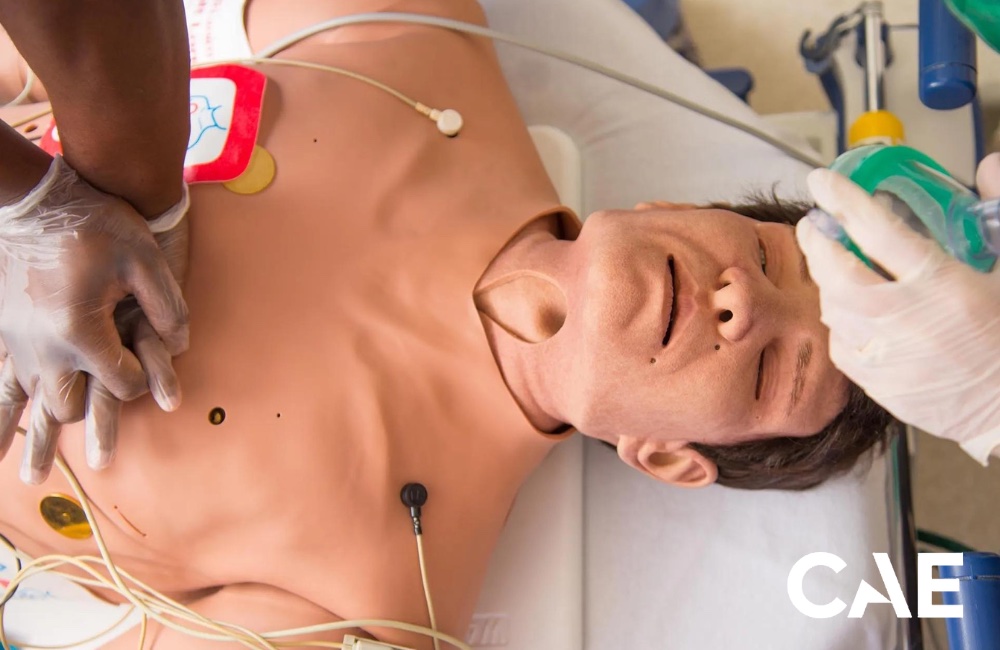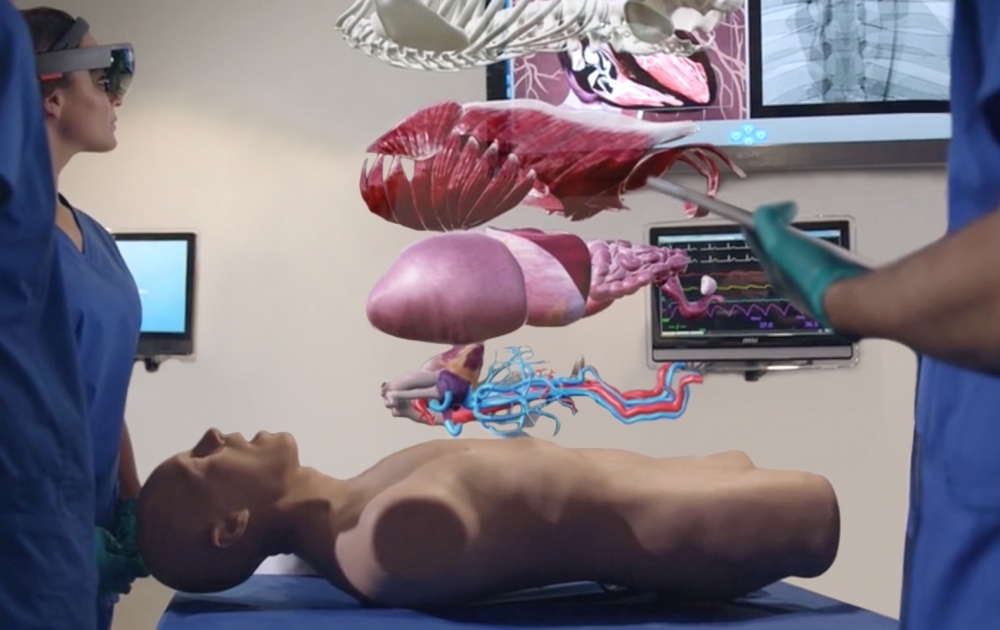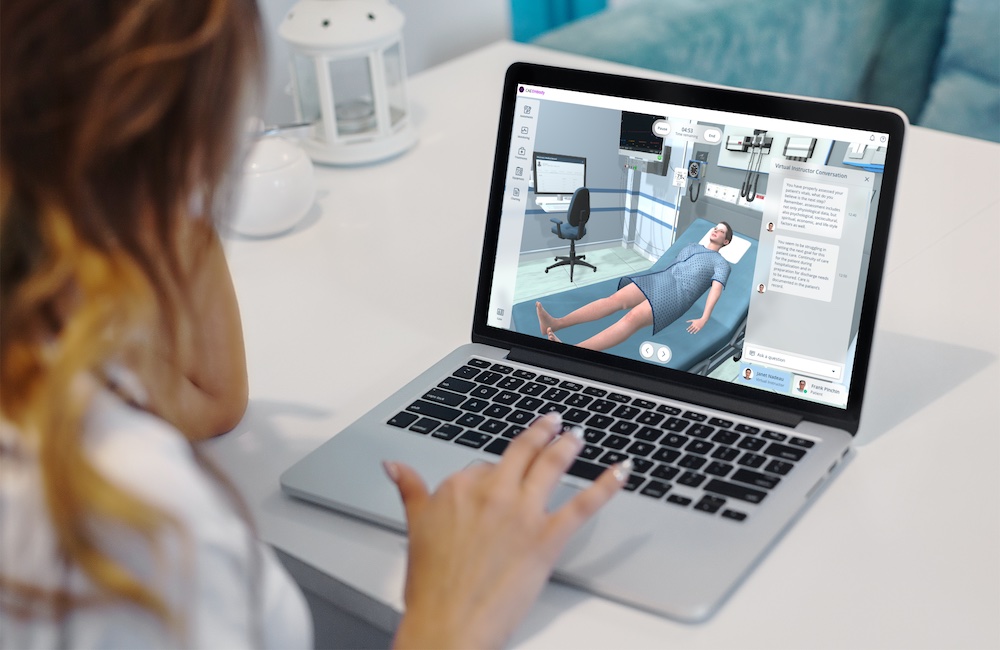This website uses cookies so that we can provide you with the best user experience possible. Cookie information is stored in your browser and performs functions such as recognising you when you return to our website and helping our team to understand which sections of the website you find most interesting and useful.
Elevate Healthcare
Elevate Healthcare medical simulation demonstrations, news, resources, and more.
View all categories in the Healthcare Simulation Index
-

From Basics to Advanced: Selecting the Ideal AV Solution for Simulation Centers
Measuring the success of your simulation program can be challenging. A critical part of this process is ensuring you gather…
-

14 More Must-Know Healthcare Simulation Key Terms
Key terms in Healthcare Simulation are a core requirement to understanding the unique field. Here then are 14 more new…
-

Elevate Healthcare
Elevate Healthcare, formerly known as CAE Healthcare, launched new branding on May 15th 2024 after the acquisition of the division from…
-

CAE Healthcare Soars Higher with New Name as Elevate Healthcare
CAE Healthcare has announced the launch of the healthcare simulation company’s new name as Elevate Healthcare! After the successful acquisition…
-

CAE Healthcare Harnesses 80/20 Principle for Efficient Simulated Clinical Experiences
In the world of healthcare simulation, where the goal is to provide learners with immersive and realistic clinical scenarios, Elevate…
-

CAE Aria Pediatric Simulator Supports Training for PALS, PEARS, APLS and More…
CAE Healthcare now known as Elevate Healthcare, which was just acquired by Madison Industries, delivers solutions to enhance pediatric care…
-

CAE Announces Sale of CAE Healthcare to Madison Industries for C$311 Million
On October 24, 2023, CAE announced the sale of its CAE Healthcare division to Madison Industries for C$311 Million (US…
-

Elevate Healthcare’s Maestro Platform Expands Distance Healthcare Education Opportunities
The Covid-19 pandemic underscored the significance of flexibility in delivering teaching experiences to medical learners. Recognizing this need, CAE Healthcare…
-

Elevate Healthcare’s Simulation Solutions Drive Emergency-Care Proficiency
CAE Healthcare is a leading vendor advancing simulation-based healthcare education for EMS providers. Clinical simulation is rapidly expanding in emergency-care…
-

CAE Healthcare Patient Simulators Improve Nursing Preparedness
Many learners develop a better understanding of practices and procedures by doing them, rather than reading about them or watching…
-

Honor Medical Ultrasound Awareness Month with Elevate Healthcare Ultrasound Simulation Solutions
Ultrasound technology’s ability to visualize soft tissues, such as organs and muscles, has vastly impacted the field of medical imaging.…
-

CAE Healthcare Suite of Digital Products Enhances Virtual Learning Experiences
As virtual and remote learning become more commonplace across medical education, healthcare simulation educators are turning to digital solutions like…


